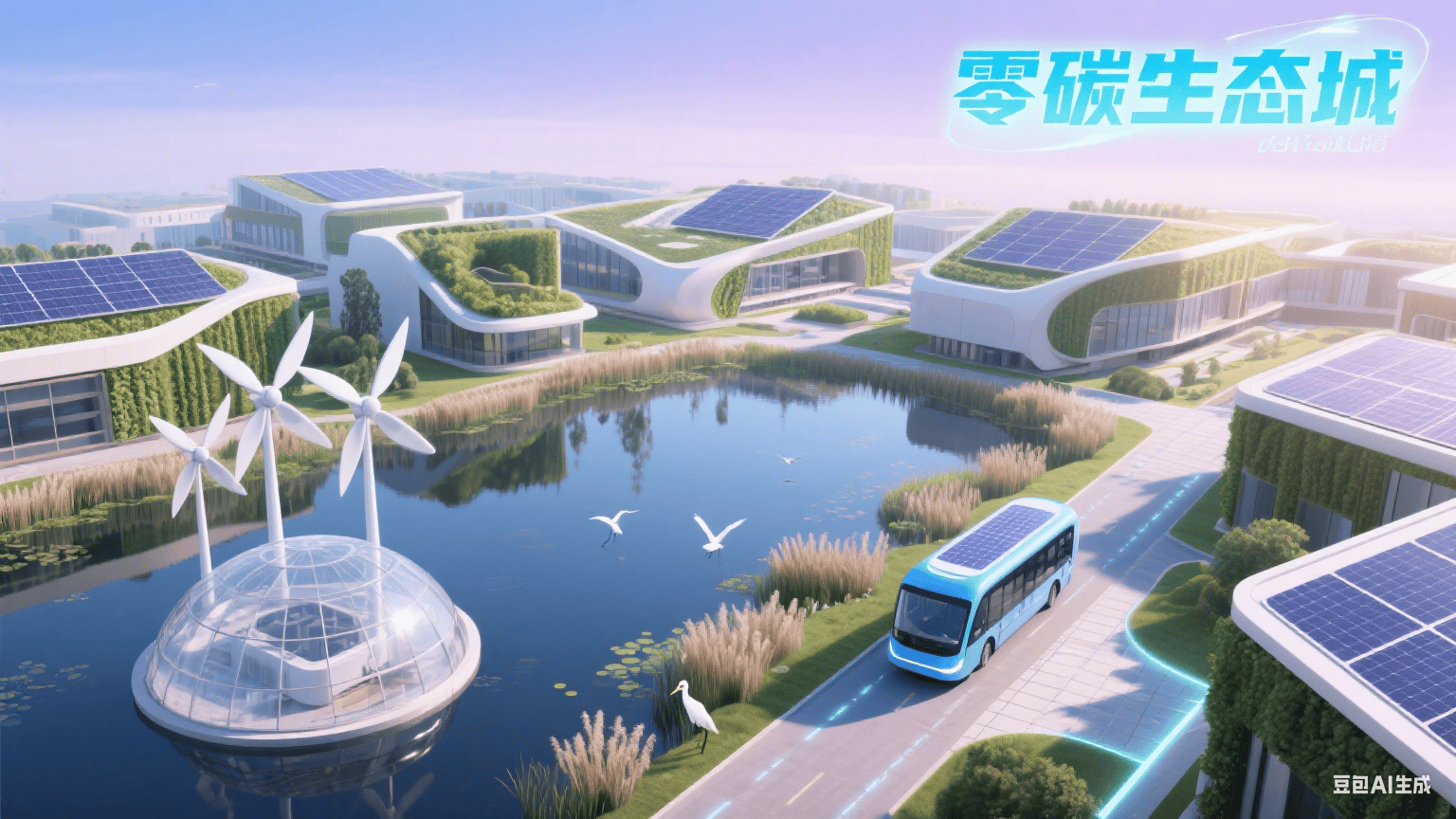Beijing, September 14th (Reporter Zhao Fangyuan) "Parks are the best application scenarios for green and low-carbon." At the 4th Ecological and Environmental Protection Industry Service Dual Carbon Strategy Academician Forum held during the 2025 China International Fair for Trade in Services, Song Yuyan, Secretary General of the National Economic Development Zone Green Development Alliance and Director of Tianjin Teda Low Carbon Economy Promotion Center, pointed out that the transformation of parks is not only related to energy consumption and industrial upgrading, but also to the implementation effectiveness of the national "dual carbon" strategy.
According to Song Yuyan, many national level economic development zones have set the construction of zero carbon parks as their target task, comprehensively promoting the green transformation of infrastructure such as energy, transportation, and construction. The planning of the park should adhere to the principle of 'three one' -1/3 ecology, 1/3 production, and 1/3 life, to achieve the coordination and unity of production, life, and ecology.

In practice, some development zones are accelerating the construction of intelligent energy systems by laying out green power direct supply, distributed new energy, and energy storage facilities; In terms of transportation, promote the integration of new energy vehicle charging networks and photovoltaic storage charging projects; In terms of architecture, promote the application of green building standards and intelligent management systems. These measures not only reduce carbon emissions, but also create conditions for enterprises to save energy and reduce consumption.
Guo Chengzhan, Secretary of the Party Committee and President of the China Environmental Protection Industry Association, pointed out in an interview with China News Service that industrial parks are the main source of carbon emissions and energy consuming entities. The use of green electricity (mainly including new technologies such as wind power, photovoltaics, and graphene) can directly reduce carbon emissions.
New industrial parks should strengthen the application of green power, and existing parks should promote green power transformation, with the core goal of achieving emissions reduction through optimizing the energy structure. Guo Chengzhan emphasized the need to coordinate the digital application of energy to improve energy efficiency, differentiate between new and old industrial parks, and avoid a one size fits all approach. Systematically and orderly promote green transformation.
However, the green transformation of the park still faces multiple challenges. Chen Mingjun, CEO of Wanbang Digital Energy Construction Business Center, told China News Service that there are three major challenges in energy management in the park: high carbon emissions, uneven energy distribution caused by traditional energy management models, and high management costs; The coverage rate of comprehensive digital energy consumption monitoring and management is less than 10%, and most parks have not yet achieved refined energy management; Systematic carbon reduction solutions are generally lacking, and only a very small number of demonstration parks have carried out preliminary transformation explorations.
Mobile phone:+86-0516-87631319
Phone:+86-15651461419
Mailbox:3966142672@qq.com
Address: No. 20 Zhenxing Avenue, Xuzhou Economic and Technological Development Zone, Jiangsu Province